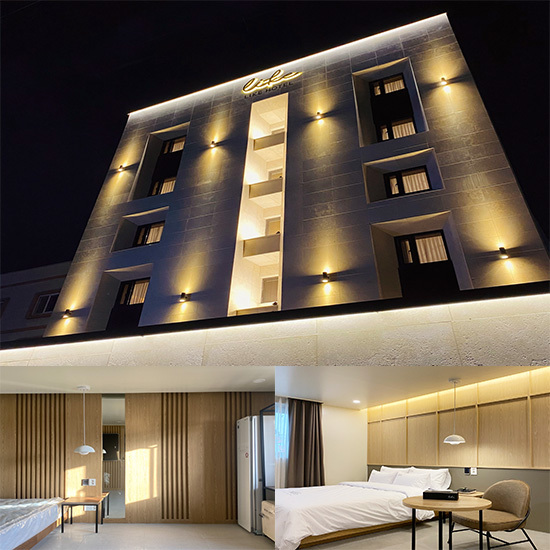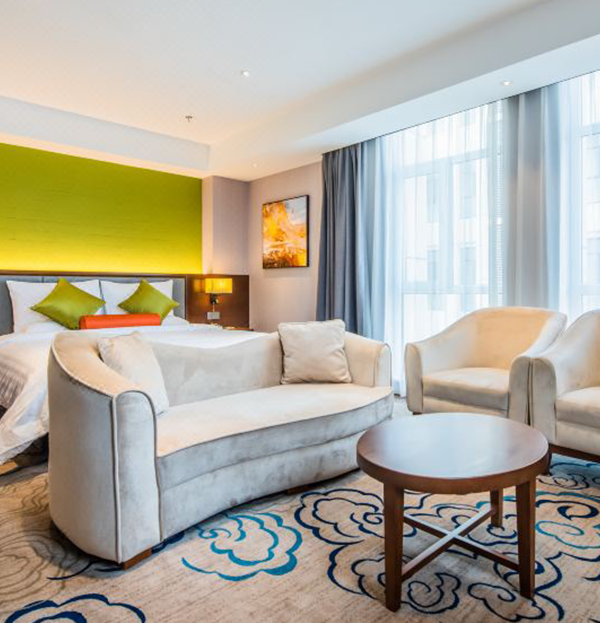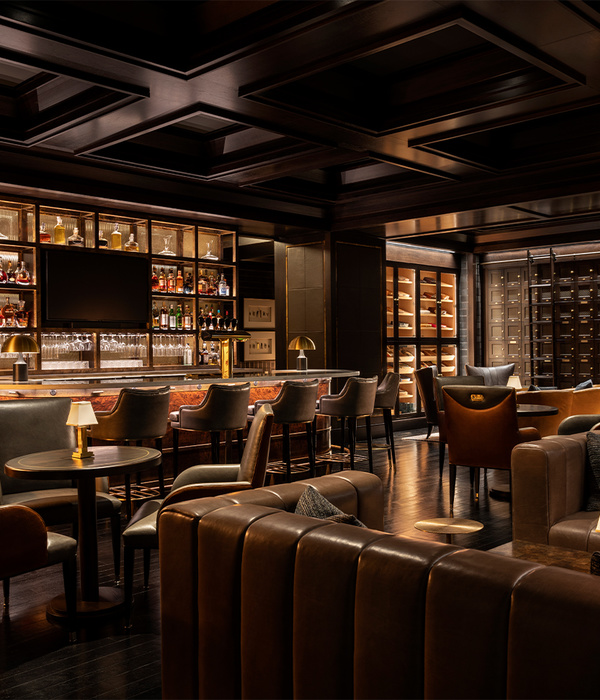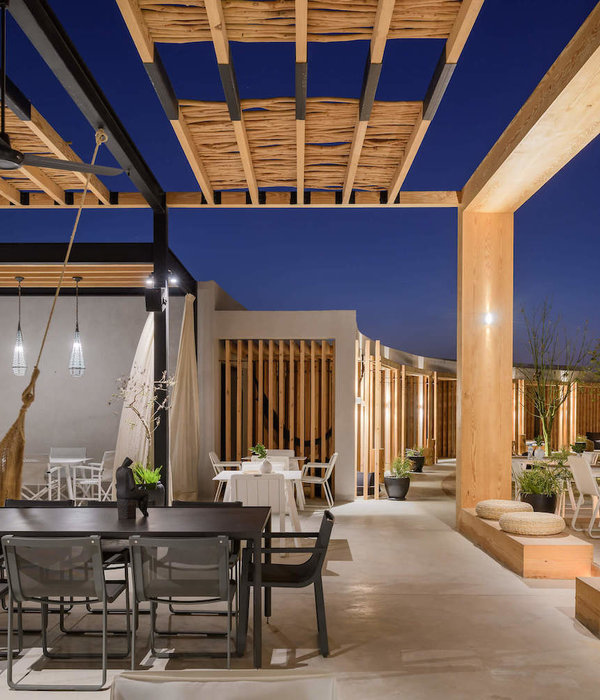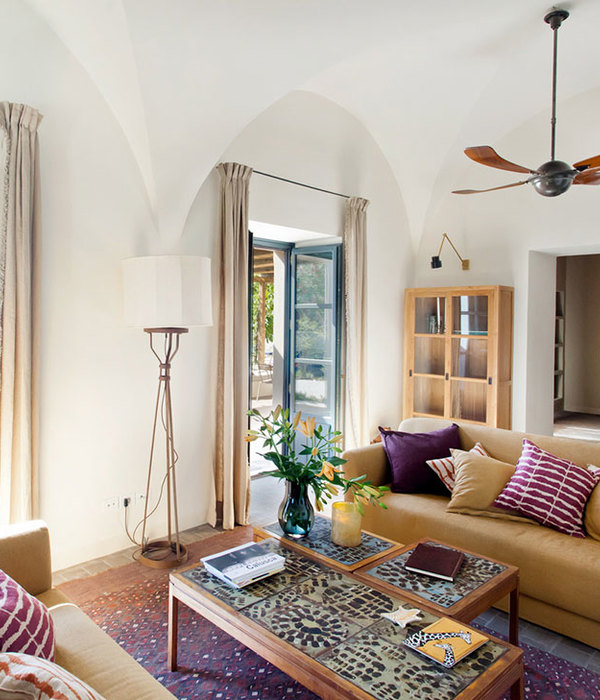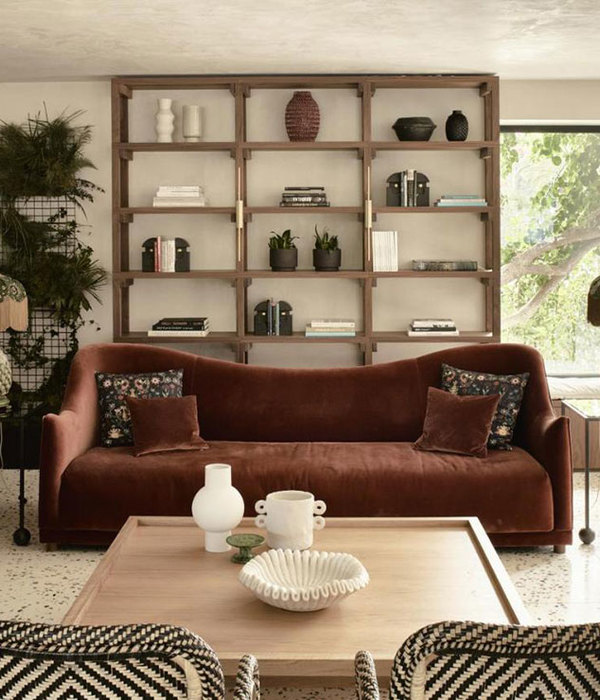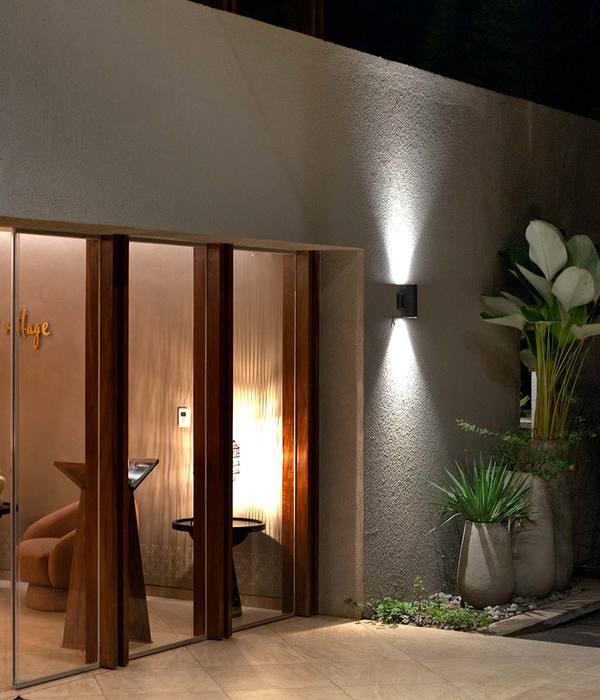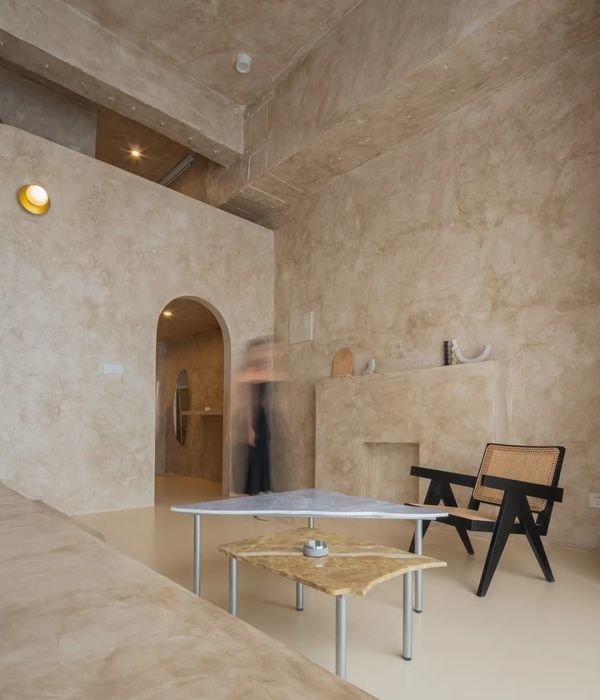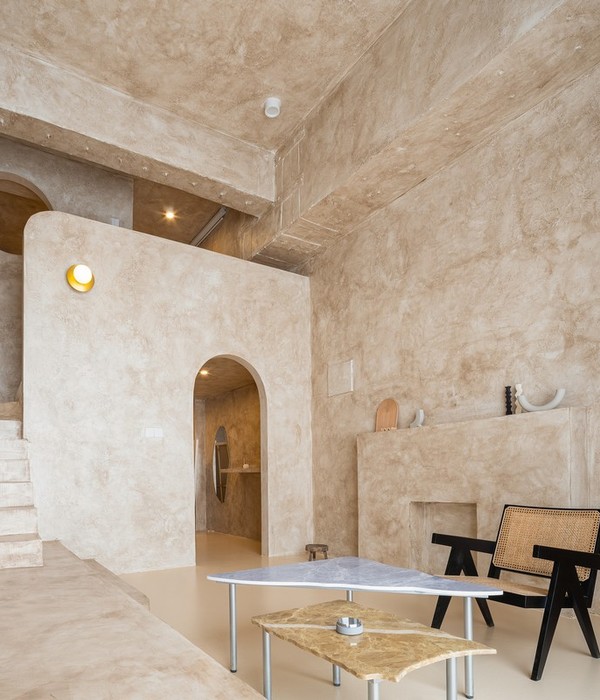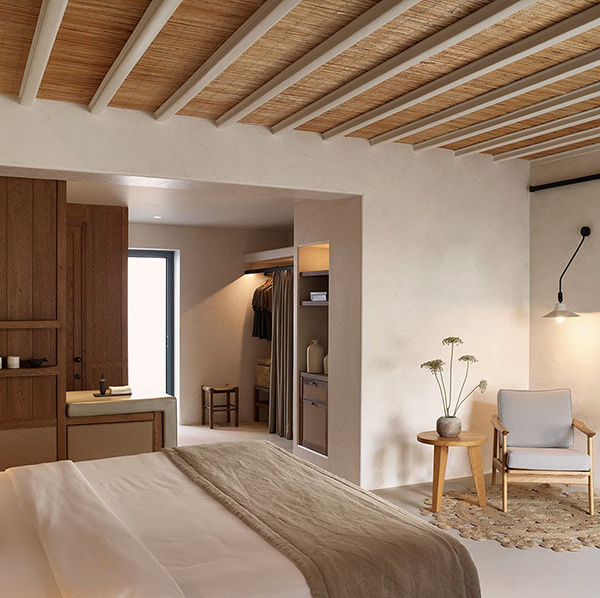Architect:Flores & Prats Architects
Location:Terrassa, Spain
Category:Private Houses
The Building 111 is a Social Housing project at the edge of Barcelona city. This project proposes not just to house 111 families in the same block, but also to act as a social container that encourages neighbours to relate and know each other, an experience of social relationships.
In our opinion, the future of collective housing should provide spaces for the neighbours to relate each other, not to isolate them. Therefore, the building proposes a series of common spaces where to meet and say hello when coming or exiting from home. The building intends in this way to dissolve the limits between the public and the private domains.
A big Central Patio is the core of the project, a social platform that relates families of very different origins. This central open piazza with playgrounds, surrounded by the houses, will concentrate all the attention and crossed sights among neighbours. The scale of this courtyard -in order to keep privacy and at the same time provoke tension-, the relationship of this space to the open landscape in front, and all the social ambiences of the apartments towards this space -like balconies of a theatre-, has been the key elements for the design.
A very special concrete façade gives character to the building, and also scales it in relation to the long distance of the landscape in front of it.
Inside the apartments, a central furniture for electrical households which concentrates all the cyclic domestic activities was designed. This organises the apartment around it, while the rest of the flat is open, except for one bathroom and one bedroom. The spaces flows from side to side, from street to courtyard, in a diagonal that makes the house a continue sequence of domestic situations. The openness of this interior organises a non-hierarchical living space, helping to avoid the difference of genders in the domestic duties.
All the dwellings cross from facade to facade, and therefore have crossed ventilation, good natural lightning, and shutters that can fold and project like a sunshade, in order to make a good control of the changes of temperature.
The project puts special attention to give natural light to the underground parking. This is possible due to a series of holes at the central piazza, which allow views to the access ramps of cars and a big pot for three trees. These are planted at the lowest level of the section, and grow to the level of the piazza, connecting the whole section. This central excavation puts building and neighbours in direct relationship with the landscape and its strong topography.
A very special concrete façade gives character to the building, and also scales it in relation to the long distance of the landscape in front of it. The textures of this place, characterised by a landscape consisting of pines and dried streams, suggests a facade formed by shadows and texture. Flowing over the cavities of this concrete surface, light creates continuity with the surrounding landscape. These load-bearing facades also provide the building with a good thermal mass. These were cast on site with polystyrene formworks, used here for the first time. These formworks were fabricated in a factory, industrialised to reduce the construction time on site, equilibrating the more careful and slow timing of the in situ concrete construction. The result is a facade marked with rhythm, light and shade, connecting the building to the surrounding pine forests.
▼项目更多图片
{{item.text_origin}}

